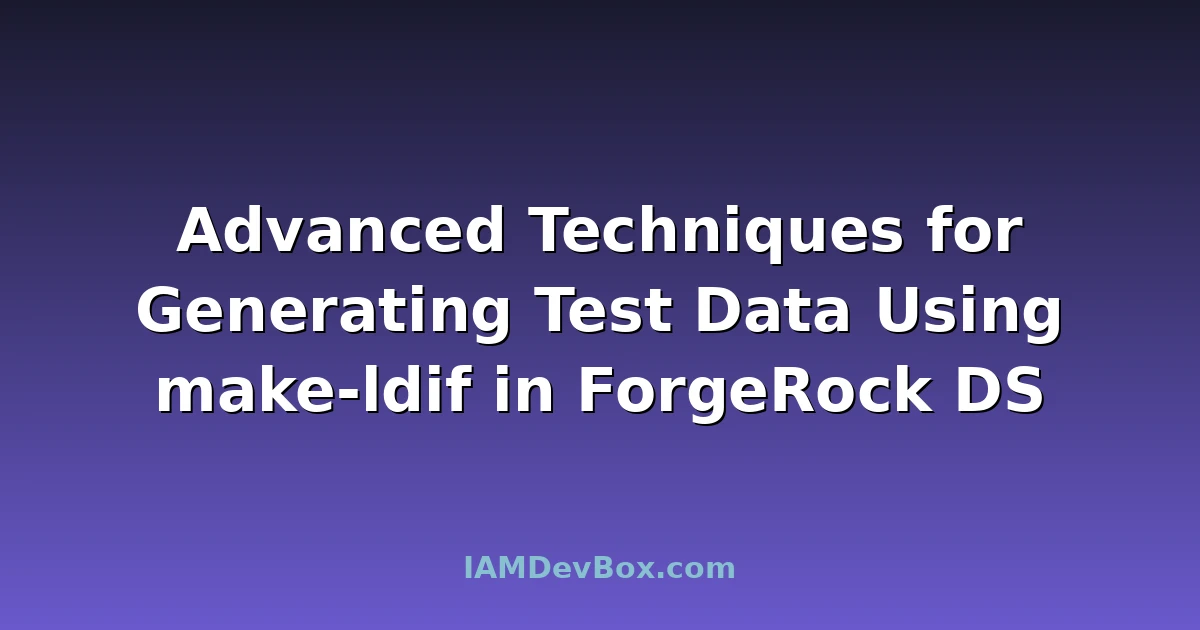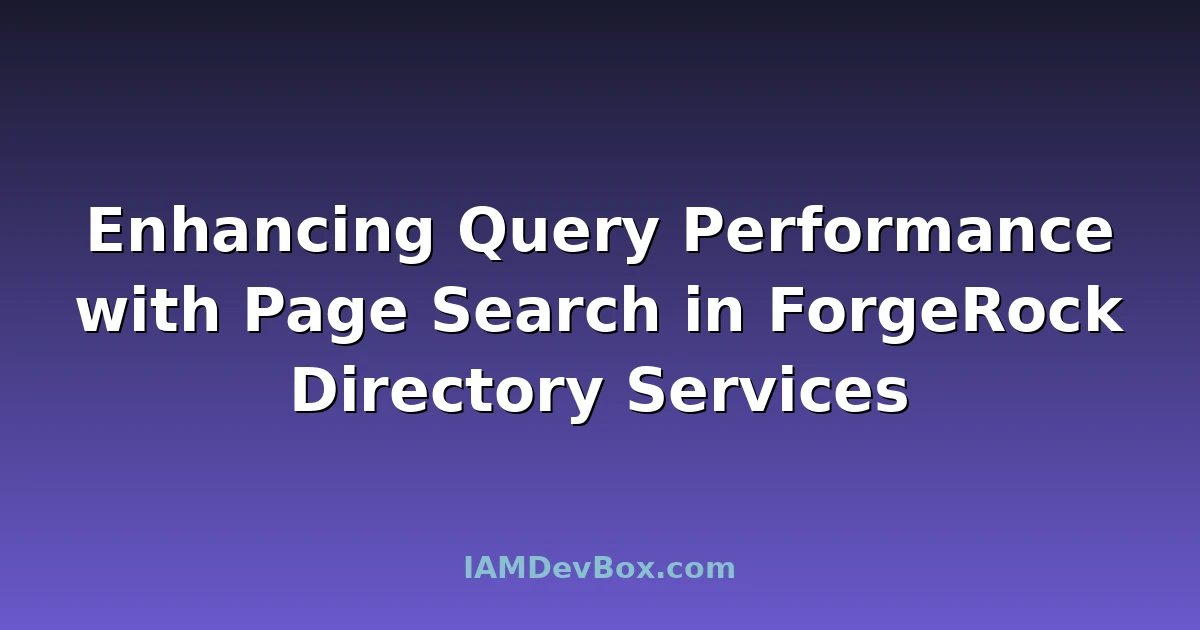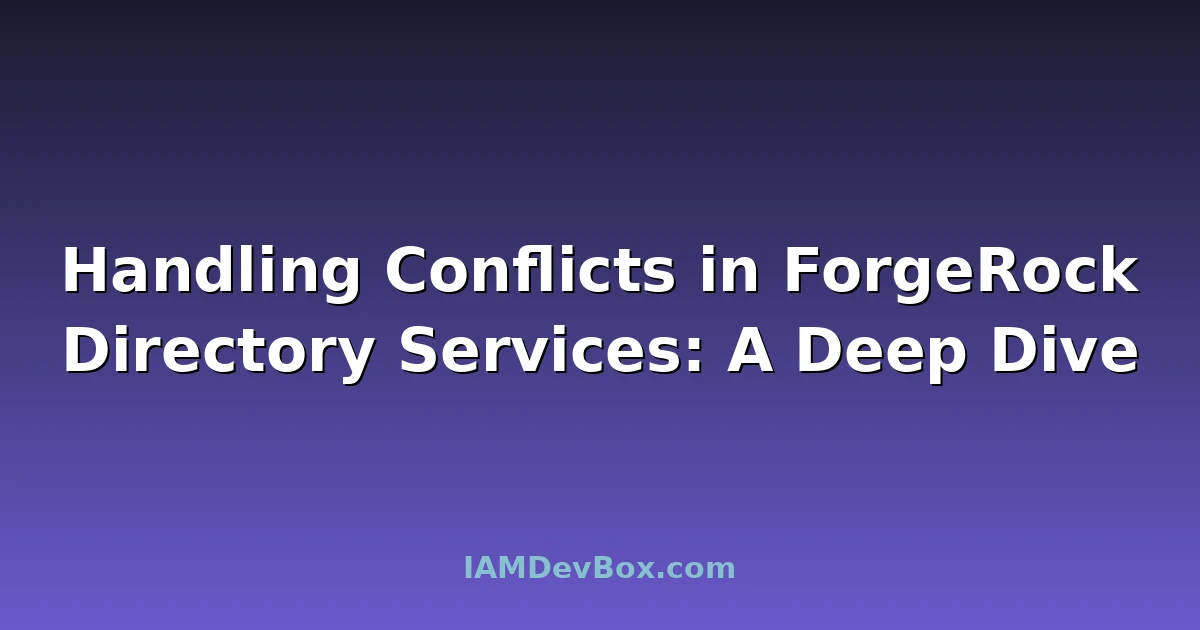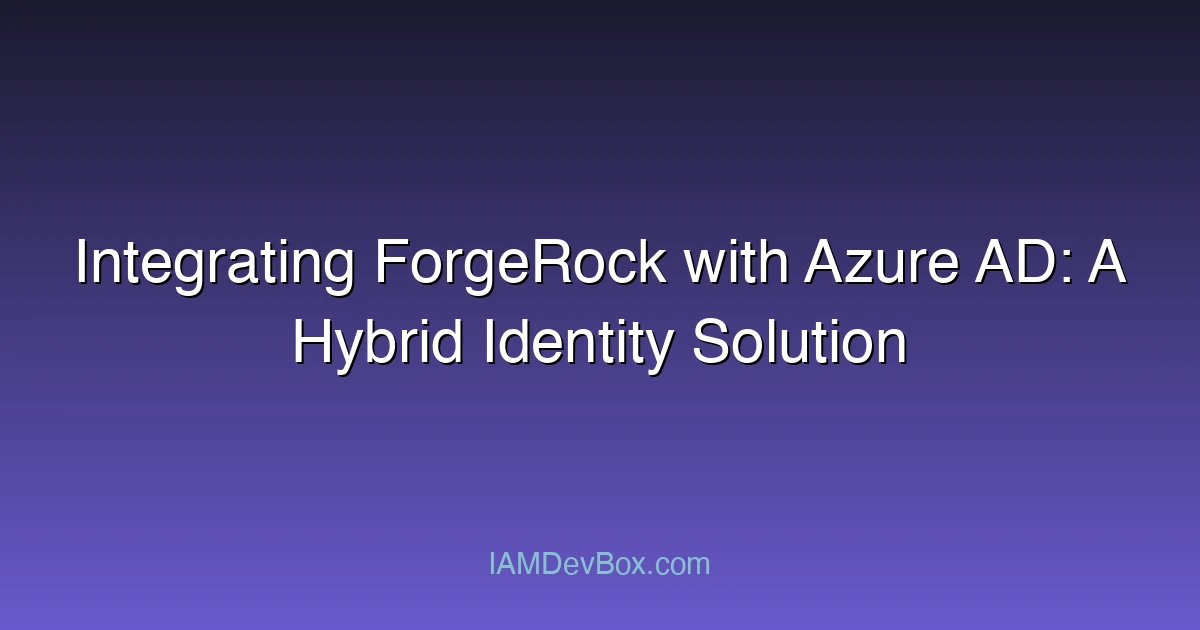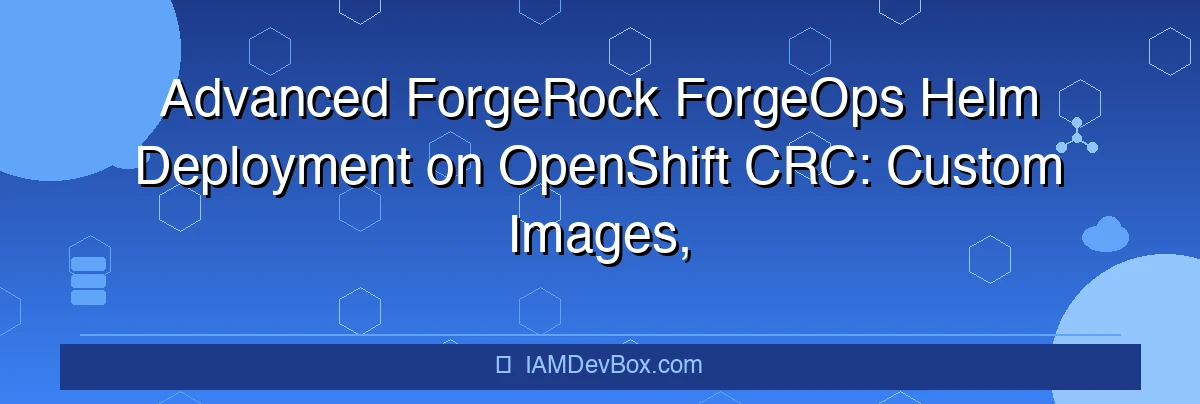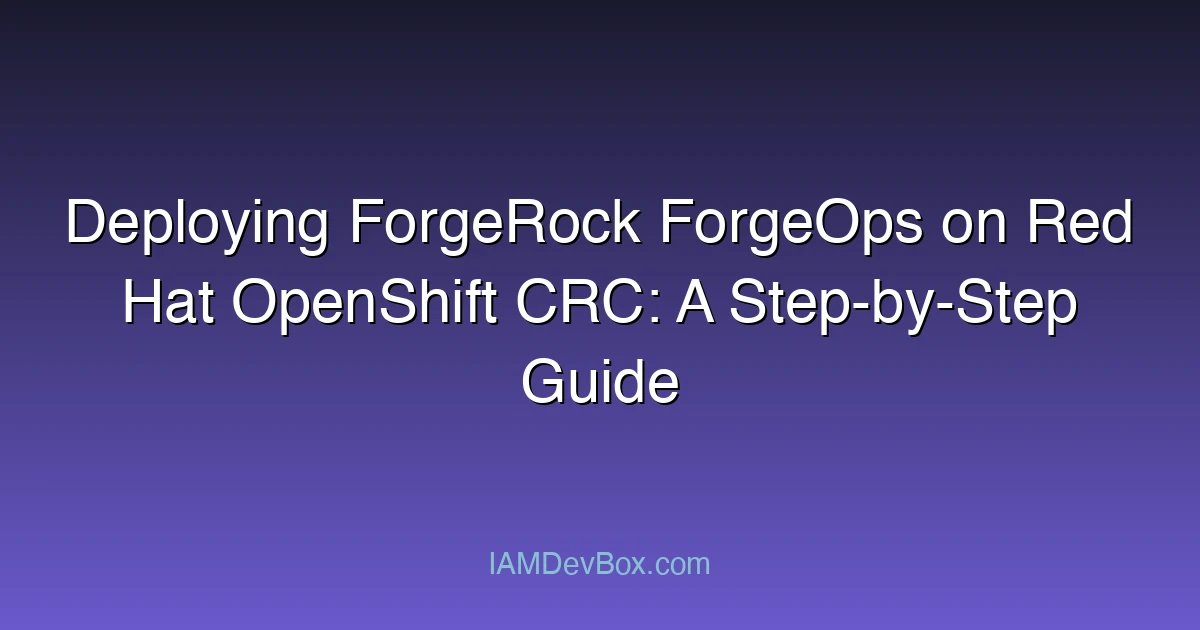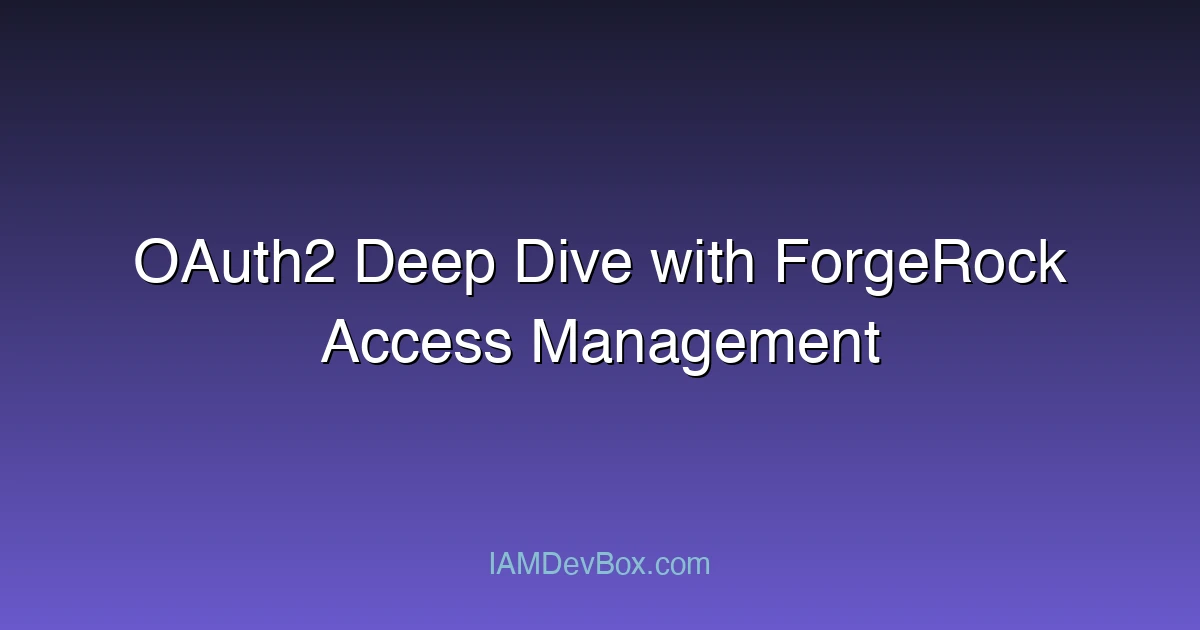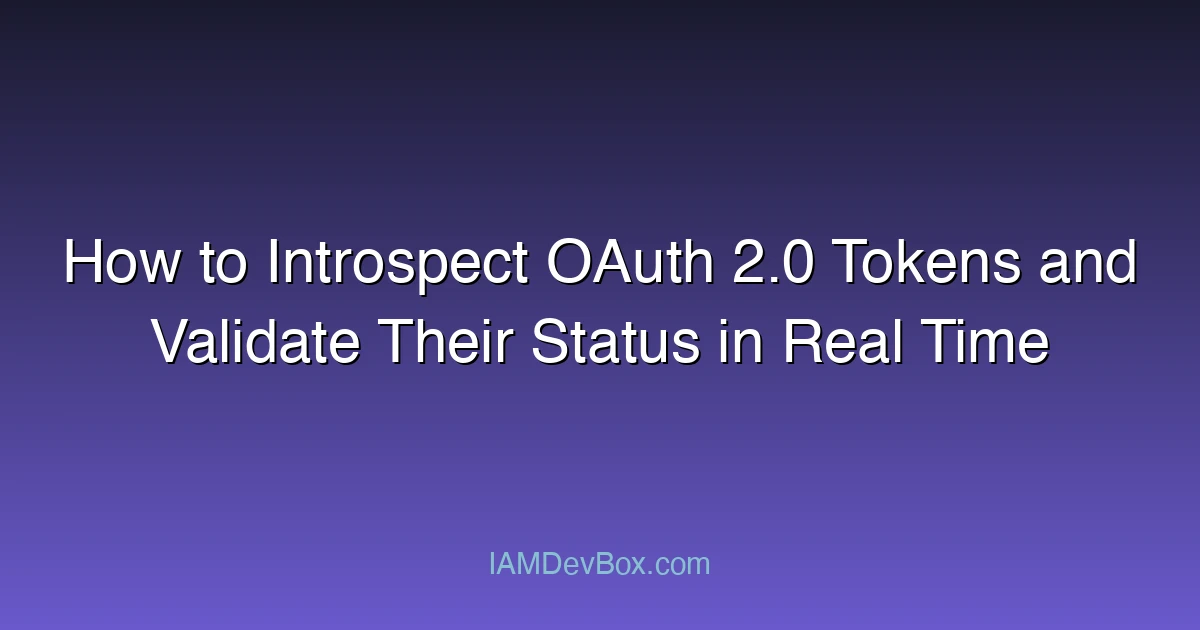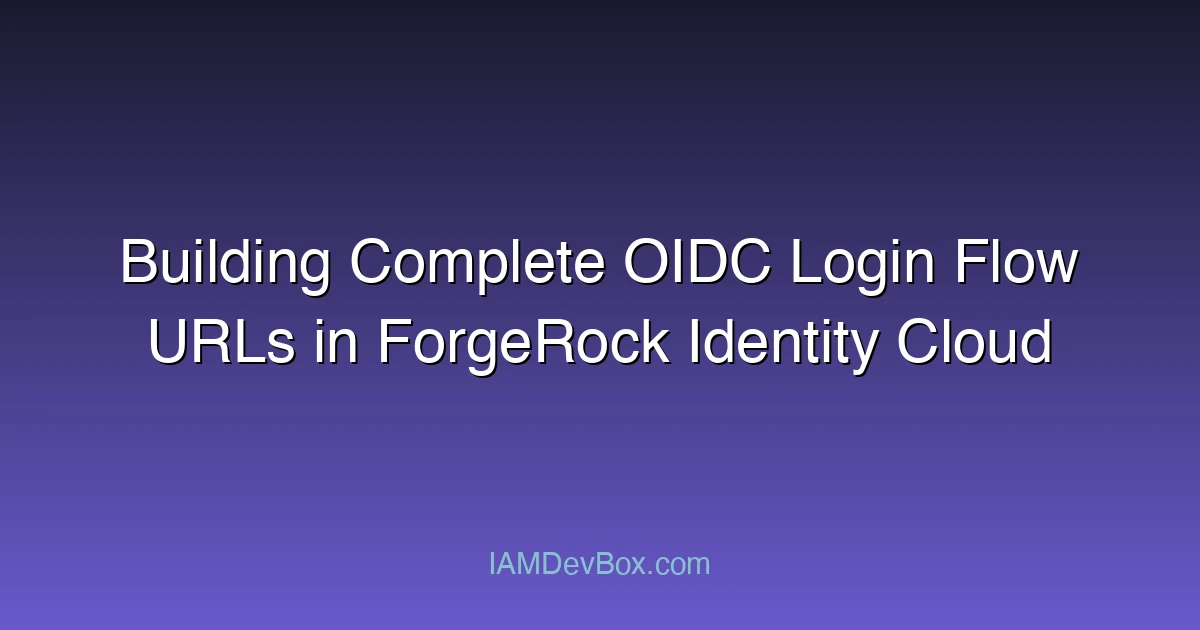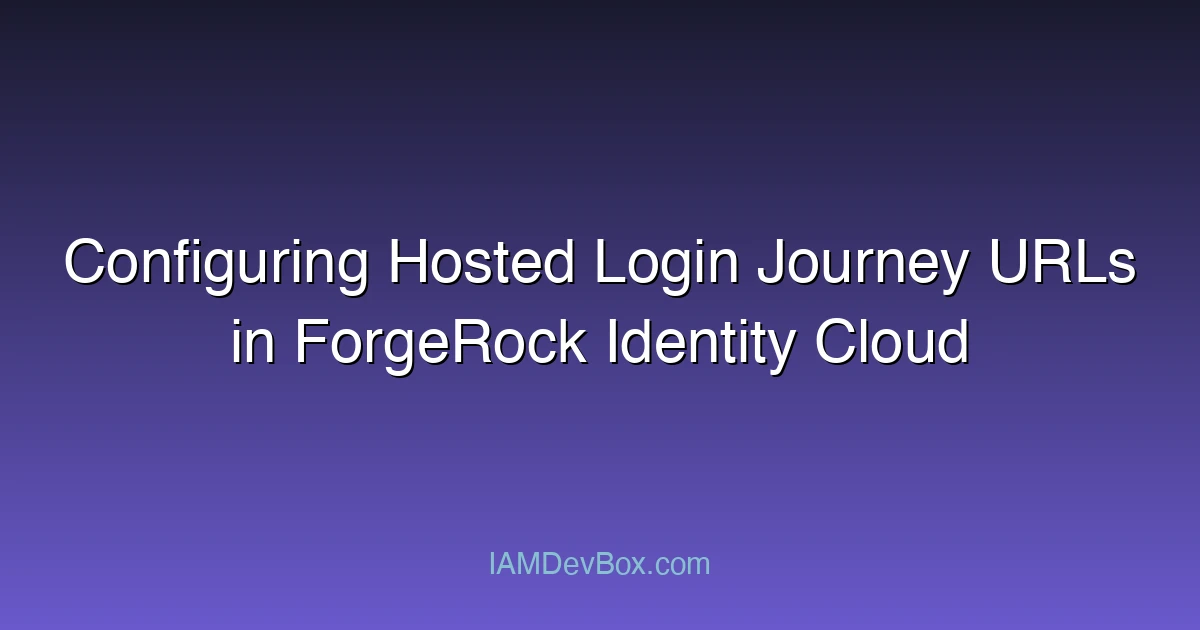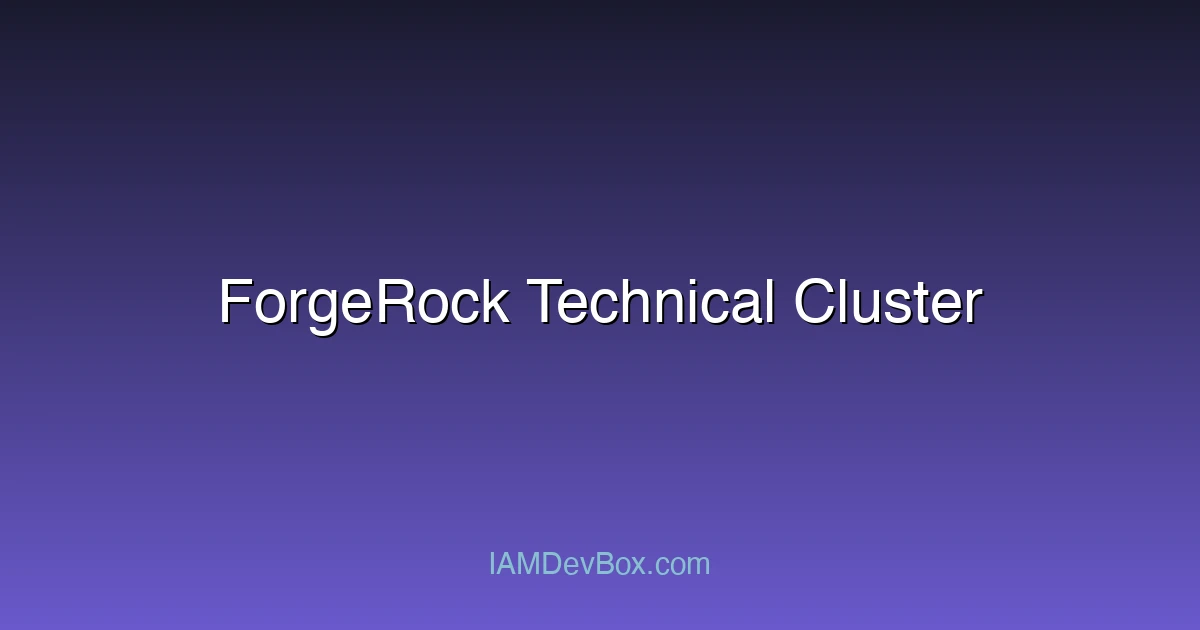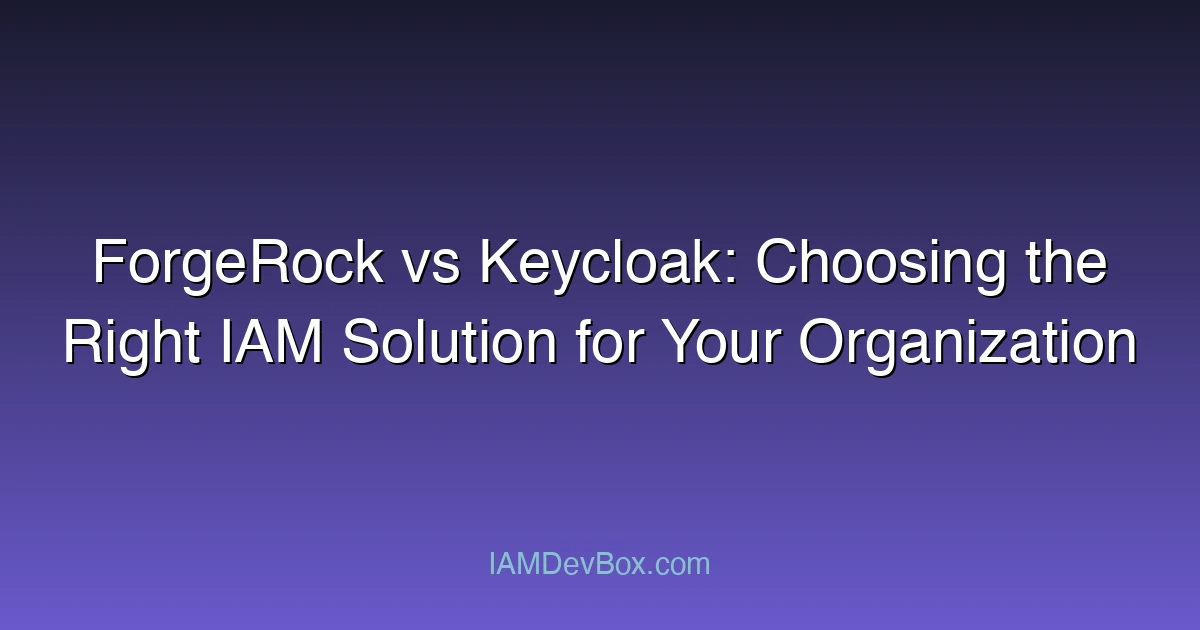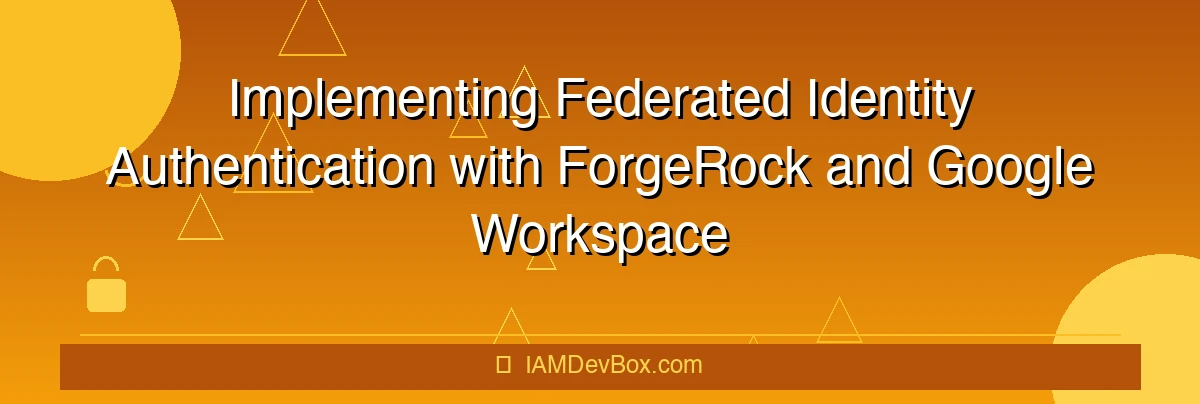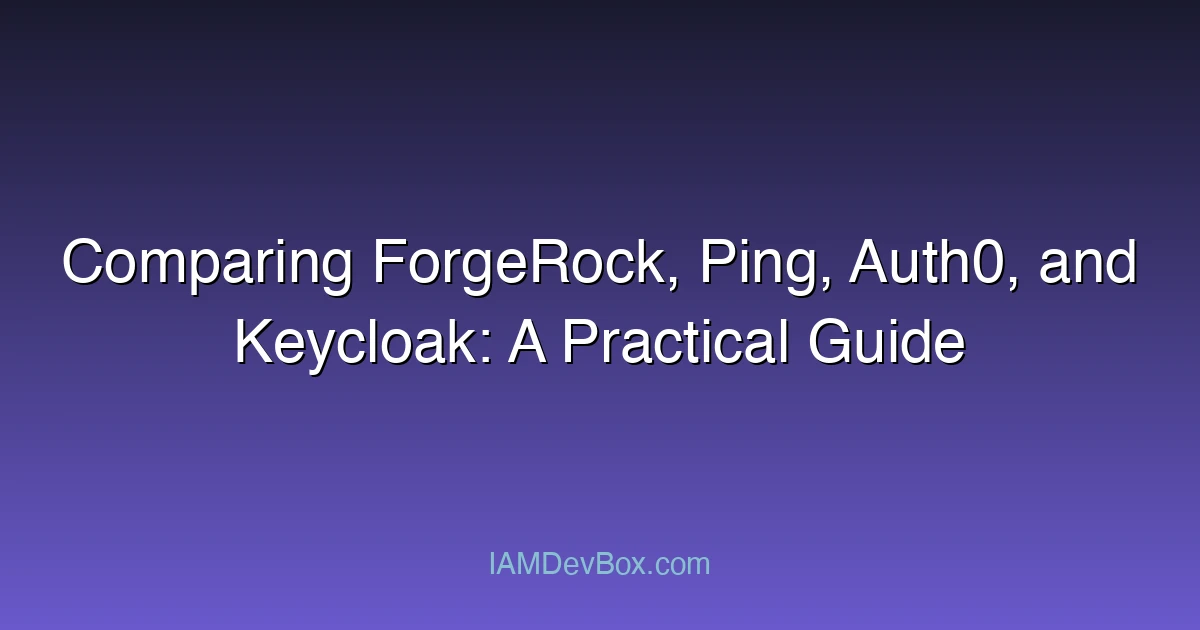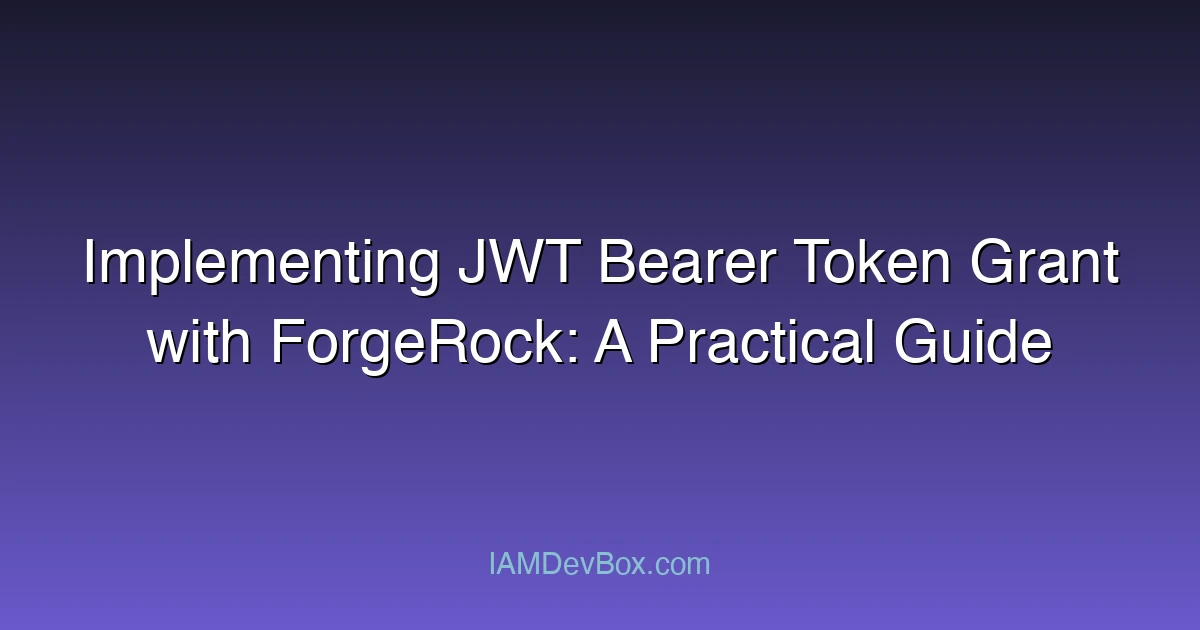
Configuring PingOne Integration Nodes in ForgeRock AM like a Pro
Why This Matters Now The recent surge in cloud-based identity management solutions has made it crucial for organizations to integrate their existing IAM systems seamlessly with cloud providers. PingOne, as a leading cloud identity platform, offers robust integration capabilities through its Integration Nodes feature. However, misconfigurations can lead to security vulnerabilities and operational inefficiencies. This became urgent because many organizations are rushing to adopt cloud IAM solutions without adequate training or understanding, leading to common pitfalls. ...



